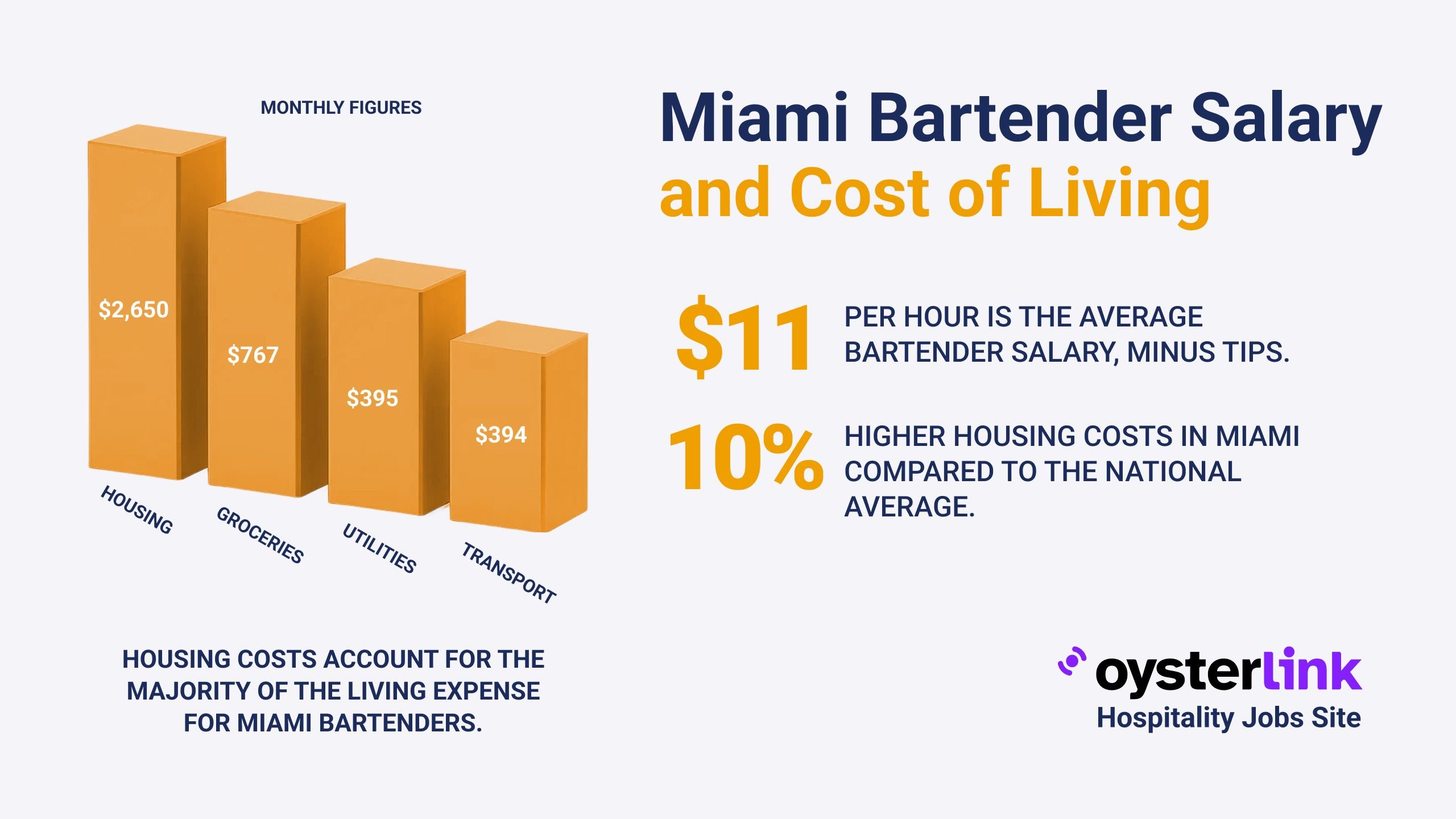California OSHA Compliance Checklist for Restaurant Employers: Key Takeaways
- California requires a written Injury and Illness Prevention Program (IIPP) tailored for restaurant hazards.
- Employee training on hazard communication, emergency procedures, and heat illness prevention is mandatory.
- Accurate recordkeeping of injuries using Cal/OSHA forms and prompt reporting of serious incidents is essential.
California restaurant employers must diligently follow Cal/OSHA standards to create a safe workplace and avoid penalties.
Understanding HR policies for restaurants can further support compliance and effective management in your establishment.
This compliance checklist highlights critical safety protocols and legal requirements that restaurants need to address effectively.
1. Injury and Illness Prevention Program (IIPP) for California OSHA Compliance
At the core of Cal/OSHA compliance lies the Injury and Illness Prevention Program (IIPP). This written program must identify workplace hazards that are specific to the restaurant environment and detail how these will be controlled or eliminated.
Employers need to conduct regular workplace inspections to detect unsafe conditions promptly. This proactive approach aligns with Cal/OSHA’s focus on preventing injuries rather than reacting after incidents occur.
Effective implementation of an IIPP not only improves safety but also demonstrates a restaurant’s commitment to regulatory compliance.
Learn more about effective restaurant staff hiring strategies to keep your kitchen and dining areas properly staffed and safe.
2. Employee Training Requirements under California OSHA for Restaurants
Cal/OSHA mandates comprehensive training for all restaurant employees. Training should cover:
- Job-specific hazards such as kitchen equipment risks, slips, trips, and falls.
- Safe work practices including proper lifting techniques and ergonomic considerations.
- Emergency procedures like evacuation routes and fire safety protocols.
Employers must document each training session, recording dates, participants, and topics. This recordkeeping is critical for compliance verification in case of inspections.
For detailed guidelines, see our kitchen manager job description which often includes responsibilities for overseeing employee training and safety.
3. Establishing an Emergency Action Plan (EAP) for California Restaurants
An Emergency Action Plan (EAP) is a vital component of workplace safety. It outlines clear procedures for emergencies such as fires, natural disasters, and workplace violence.
Restaurants must ensure emergency exits are clearly marked, unobstructed, and well-lit to facilitate quick and safe evacuation.
Periodic drills and employee awareness can enhance readiness and reduce panic during actual emergencies.
Employers interested in best practices may also explore restaurant kitchen fire safety protocols for improved emergency preparedness.
4. Hazard Communication and Chemical Safety in California Restaurants
Handling hazardous chemicals safely is a serious Cal/OSHA requirement. Restaurants use numerous chemicals like cleaning agents and degreasers that must be properly labeled and stored.
Safety Data Sheets (SDS) for each chemical should be accessible to all employees at all times.
Training on how to safely use, store, and respond to chemical spills greatly reduces risks and ensures compliance with the Hazard Communication Standard.
5. Personal Protective Equipment (PPE) Compliance for California Restaurants
Providing appropriate PPE is essential to protect employees from hazards such as burns, cuts, and slips. Restaurants commonly require gloves, aprons, and non-slip footwear.
Employers should train staff on the correct use, care, and maintenance of PPE to maintain its effectiveness.
6. Heat Illness Prevention for California Outdoor and Kitchen Workers
Heat illness prevention is a critical aspect under Cal/OSHA, especially for outdoor employees and kitchen staff exposed to high temperatures.
Employers must ensure access to potable water, shaded rest areas, and allow regular breaks during extreme heat conditions.
Monitoring workers and delivering heat illness prevention training decreases the risk of dehydration and heat stroke.
7. Recordkeeping and Reporting Obligations for California OSHA Compliance
Restaurants are required to maintain detailed records of work-related injuries and illnesses using specific Cal/OSHA forms: 300, 300A, and 301.
The annual summary, Form 300A, must be posted in a visible workplace location from February 1 through April 30 each year.
In addition, employers must report serious injuries or fatalities to Cal/OSHA immediately, ensuring prompt regulatory response and investigation if necessary.
For restaurant owners seeking to optimize operations, see our guide to hiring a restaurant manager, crucial for managing compliance and operations efficiently.
8. Fire Safety Standards for California Restaurants
Fire safety is paramount in restaurant environments due to open flames and cooking oils present in kitchens.
Fire extinguishers should be mounted in accessible locations, inspected monthly, and staff trained on their proper use.
Equipping kitchens with automatic fire suppression systems is a key compliance and safety measure to quickly control fires and protect employees and patrons.
9. Ergonomics and Injury Prevention in California Restaurant Workplaces
Repetitive tasks and heavy lifting can lead to musculoskeletal injuries among restaurant workers.
Employers should promote ergonomic solutions, such as adjustable workstations and lifting aids, and encourage employees to use safe lifting techniques.
Regular reviews of work processes help identify ergonomic risks early and reduce injury occurrences.
10. Posting Requirements under California OSHA for Restaurant Employers
Cal/OSHA requires posting the official OSHA poster informing employees of their workplace rights and responsibilities.
All additional required safety notices and warnings must be clearly displayed in prominent employee areas to ensure visibility and awareness.
California OSHA Compliance Checklist for Restaurant Employers: Conclusion
By thoroughly implementing this Cal/OSHA compliance checklist, California restaurant employers can create a safer work environment that protects employees and customers alike.
Following these regulatory mandates minimizes risk, avoids costly penalties, and fosters a culture of safety and responsibility in the restaurant industry.
Learn additional insights on restaurant owner responsibilities to maximize your business success while maintaining compliance.
Legal Resources for California OSHA Restaurant Employers
- Cal/OSHA Employer Responsibilities Overview
- Cal/OSHA Publications and Resources
- Cal/OSHA Small Business Model/Restaurant Materials


.png)

.png)
.jpg)